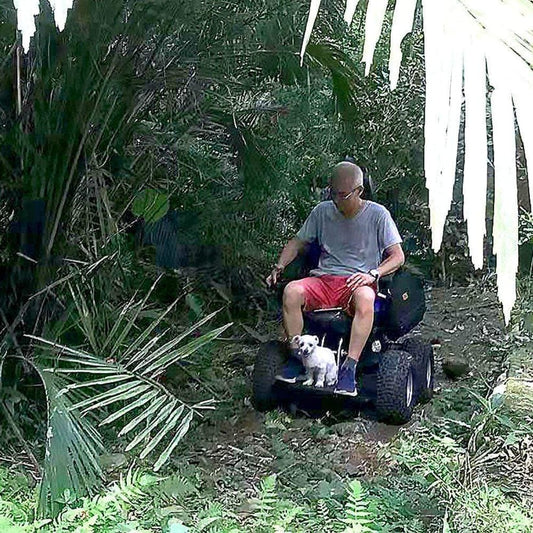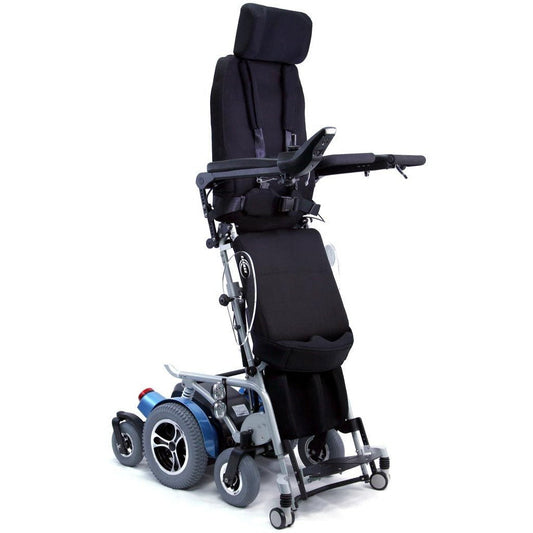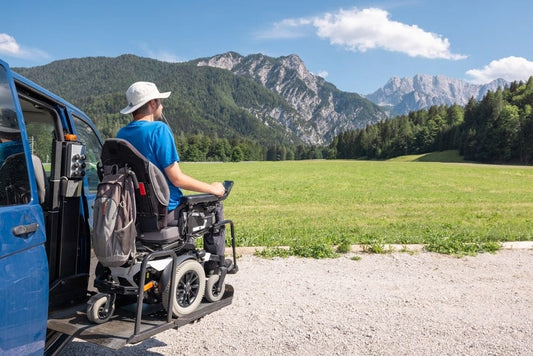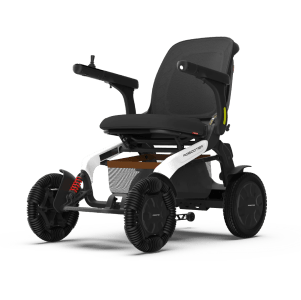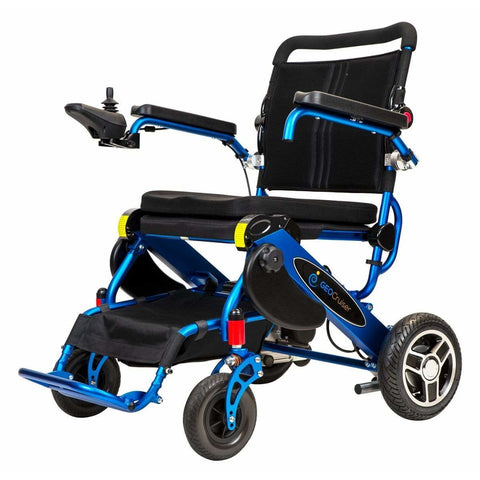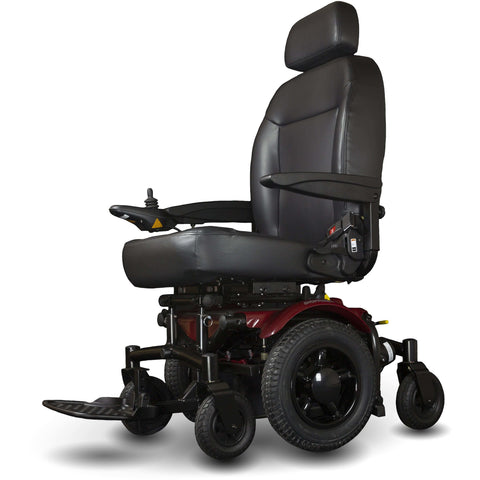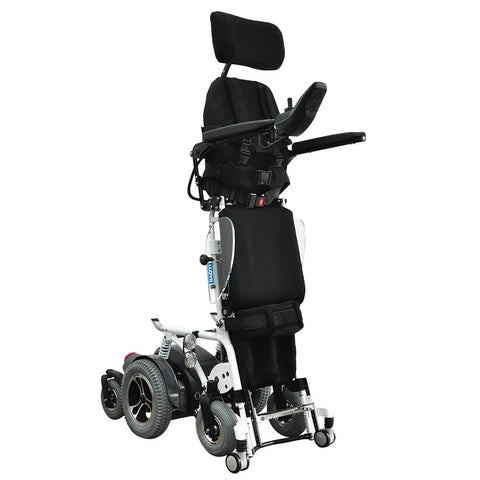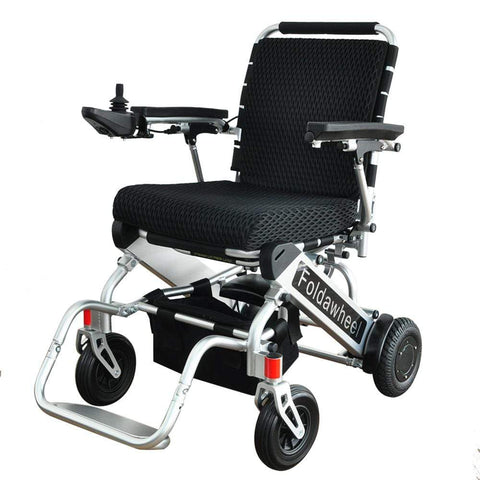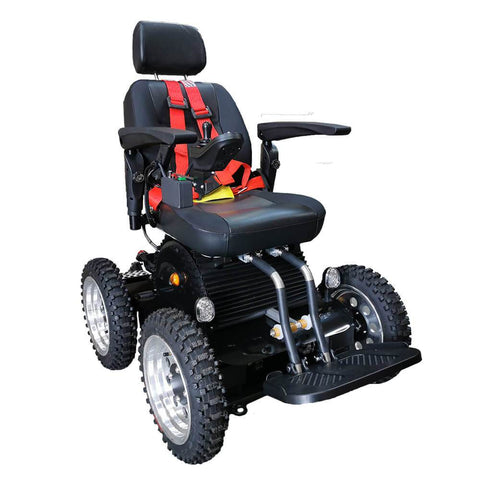
Benefits of Lightweight Wheelchairs
Lightweight wheelchairs offer unparalleled convenience for individuals seeking portability and ease of use in their daily lives. These wheelchairs are designed with materials that prioritize weight reduction without compromising on durability and functionality. The main benefit lies in their easy maneuverability, allowing users to navigate various environments with minimal effort.
One of the key advantages of lightweight wheelchairs is their practicality for both indoor and outdoor use. Unlike traditional bulky wheelchairs, these lightweight alternatives are versatile and can easily transition from indoor spaces to outdoor terrains, providing users with the freedom to move around with greater independence and comfort.
Another significant benefit of lightweight wheelchairs is their compact nature and foldable design. This feature makes them ideal for travel and outdoor activities, as users can pack them into a vehicle or carry them along, enabling participation in various outdoor adventures without the hassle of transporting a heavy wheelchair.
The lightweight construction of these wheelchairs enhances the overall user experience by reducing strain on the individual pushing the wheelchair and enabling smoother navigation through uneven outdoor surfaces. Whether it’s a stroll in the park or a visit to a bustling market, lightweight wheelchairs offer a practical solution for maintaining mobility and independence outdoors.
In addition to their physical benefits, lightweight wheelchairs promote a sense of empowerment and confidence in users, allowing them to engage more actively in outdoor social activities and events. The freedom afforded by these wheelchairs can significantly enhance the quality of life for individuals with mobility challenges, enabling them to participate fully in community life.
Factors to Consider for Outdoor Use
While lightweight wheelchairs are designed to be versatile and suitable for outdoor use, there are important factors to consider to ensure a safe and enjoyable experience. It is essential to assess the terrain and environment where the wheelchair will be used to determine if it is compatible with the lightweight design.
One crucial factor to keep in mind is the stability of the wheelchair on different surfaces. While lightweight wheelchairs are generally adept at navigating smooth indoor floors, outdoor terrains may pose challenges such as gravel paths, uneven ground, or steep slopes. Users should ensure that their wheelchair can handle these conditions safely.
Weather conditions also play a key role in outdoor wheelchair use. Rain, snow, or extreme heat can impact the performance and comfort of the user. It’s advisable to have appropriate accessories such as rain covers, sunshades, or snow tires to ensure a smooth outdoor experience in varying weather conditions.
Furthermore, users should consider the need for additional support or features like anti-tip mechanisms or all-terrain wheels for more demanding outdoor activities. Ensuring proper maintenance and regular checks on the wheelchair’s components is crucial to prevent any issues that may arise during outdoor use.
Adequate training and acquaintance with the wheelchair’s handling and braking systems are essential before venturing into outdoor spaces. Users should practice maneuvering the wheelchair on different surfaces and inclines to build confidence and ensure a safe and controlled experience when using it outdoors.
Best Practices for Using Lightweight Wheelchairs Outdoors
To maximize the benefits of using lightweight wheelchairs outdoors, it’s important to follow some best practices that enhance safety, comfort, and overall experience. Regularly check the wheelchair’s tire pressure and condition to ensure optimal performance on outdoor surfaces.
Maintaining a proper posture while using the wheelchair is crucial for preventing strain or discomfort during extended outdoor activities. Adjusting the seat position and backrest according to individual comfort levels can significantly improve the user’s experience and reduce the risk of fatigue.
Planning ahead and mapping out accessible routes or outdoor locations with smooth pathways can make outdoor excursions more enjoyable and stress-free. Identifying rest spots or accessible facilities along the way can also ensure a comfortable and convenient experience for wheelchair users.
Engaging in regular maintenance and cleaning of the wheelchair, especially after outdoor use, can prolong its lifespan and ensure consistent performance. Removing debris, dirt, or moisture from the wheels and frame can prevent premature wear and tear, allowing the wheelchair to remain in optimal condition.
Lastly, don’t hesitate to seek advice from healthcare professionals or mobility experts on optimizing the use of lightweight wheelchairs outdoors. They can provide valuable tips, recommendations, and resources to enhance your outdoor mobility experience and address any specific needs you may have.


